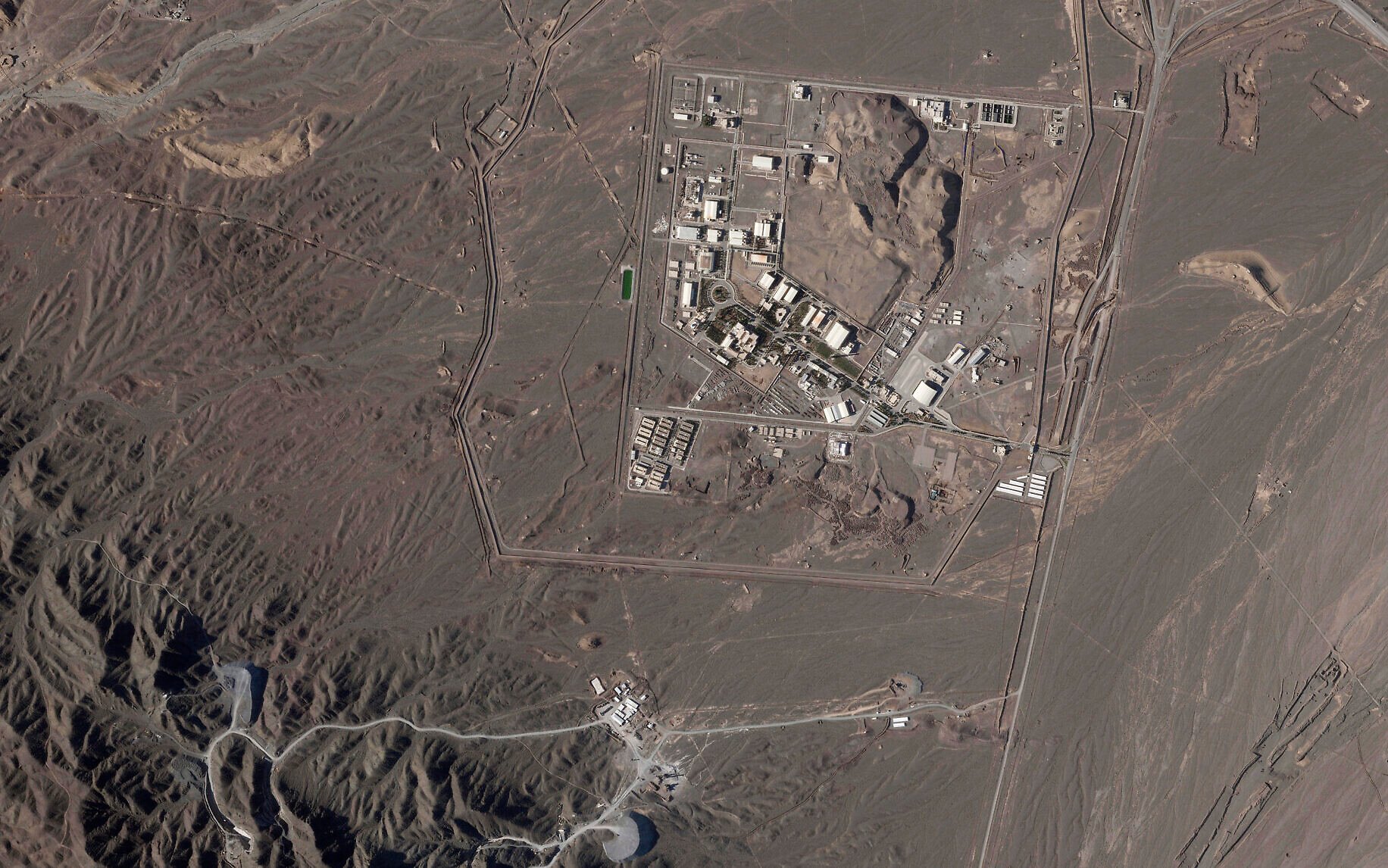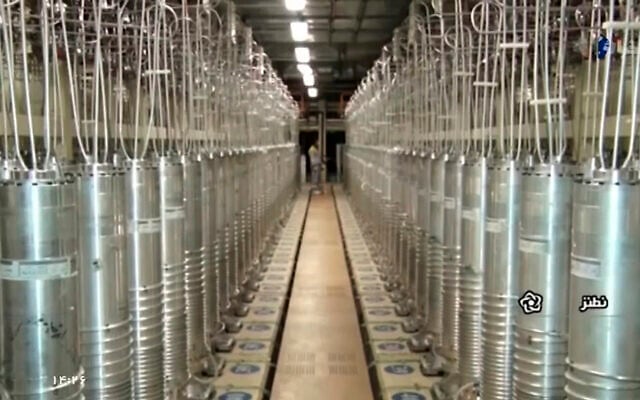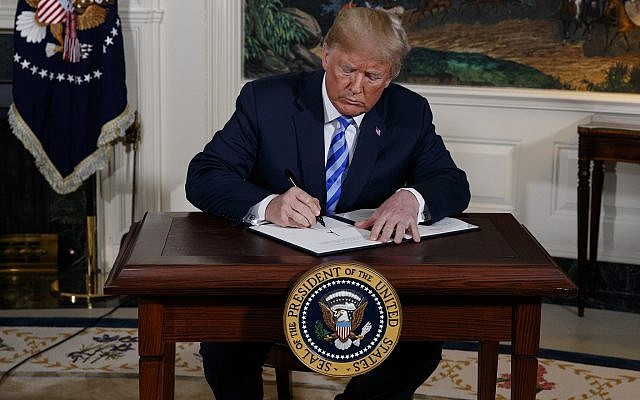



Iran’s stock of uranium close to weapons grade has jumped since it announced a dramatic acceleration in enrichment in December, and there has been no progress on resolving outstanding issues, two reports by the UN nuclear watchdog said on Wednesday.
The stock of uranium enriched to up to 60 percent fissile purity, close to the roughly 90% of bomb grade, has been a long-standing concern for Western powers, which say there is no civil justification for enriching uranium to such a high level. Iran says it seeks nuclear energy for peaceful purposes.
While US President Donald Trump’s administration has said it plans to pressure Iran over its nuclear program, the International Atomic Energy Agency (IAEA) has said time is running out for diplomacy to impose new restrictions on Iran’s activities.
“The significantly increased production and accumulation of high enriched uranium by Iran, the only non-nuclear weapon state to produce such nuclear material, is of serious concern,” the IAEA said in a passage that, unusually, was included in both its quarterly reports on Iran.
Those confidential reports, sent to member states on Wednesday and both seen by Reuters, showed that while the stock of 60% material grew by half, there was no real progress on resolving long-running outstanding issues, including the unexplained presence of uranium traces at undeclared sites.
The stock of uranium refined to up to 60% in the form of uranium hexafluoride grew by 92.5 kilograms (204 pounds) in the past quarter to 274.8 kilograms (606 pounds), one of two confidential IAEA reports said.
That is enough in principle, if enriched further, for six nuclear bombs, according to an IAEA yardstick. There is enough for more weapons at lower enrichment levels.
Where before its latest acceleration, Iran was producing between 6 and 9 kilograms (13 and 20 pounds) of uranium enriched to up to 60% per month, now that figure is between 35 and 40 kilograms (77 and 88 pounds), a senior diplomat said. This is just short of the 42 kilograms that is enough in principle for one bomb, if refined further.
One of the reports spelled out the lack of progress on the outstanding issues such as explaining the uranium traces, which the IAEA has been asking the Islamic Republic to do for years.
“Iran states that it has declared all of the nuclear material, activities and locations required under its Safeguards Agreement. This is inconsistent with the Agency’s assessments,” it said.
“The Agency is, therefore, at an impasse with regard to resolving these outstanding safeguards issues.”
During his first term as president, Trump withdrew the US from a landmark deal between Iran and major powers that placed strict limits on Tehran’s nuclear activities in exchange for sanctions relief. After Trump pulled out in 2018, Iran breached and far surpassed those limits.
With the deal now largely in tatters, European powers are seeking to either have the US help agree on new limits on Iran’s nuclear program or use a mechanism in the deal to reimpose all sanctions before the deal expires in October.
There are signs that a military option to deal with the concerns around the nuclear program may be on the table. A British Telegraph report on Tuesday said Iran is now on high alert as it braces for a potential attack by Israel and the US on its nuclear facilities.
According to the report, Tehran has deployed additional air defense system launches around key nuclear and missile sites. An official told the newspaper, however, that there was an understanding in Tehran that Iran’s already-weakened air defenses “may not be effective in the event of a large-scale strike.”


